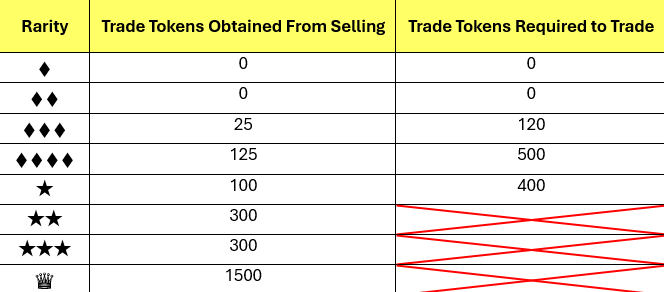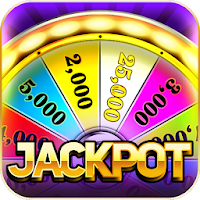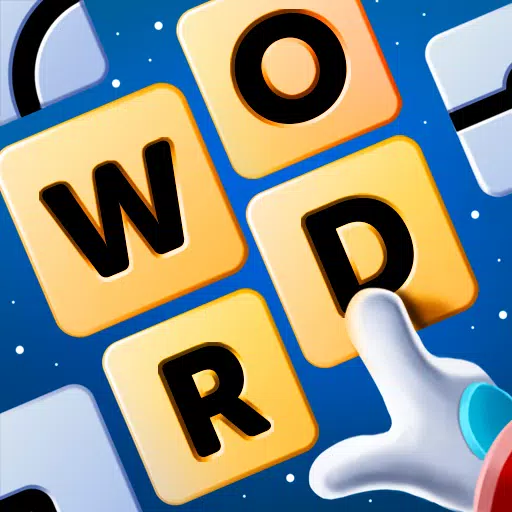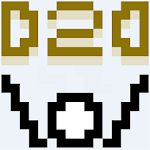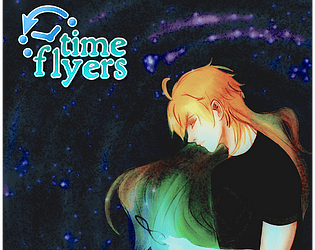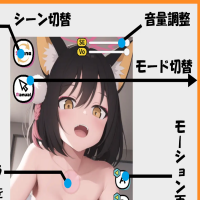This guide explores the Paralyze condition in Pokémon TCG Pocket, a digital adaptation of the popular card game. The guide covers the condition's mechanics, how to cure it, and strategies for building a deck around it.
What is Paralyzed in Pokémon TCG Pocket?
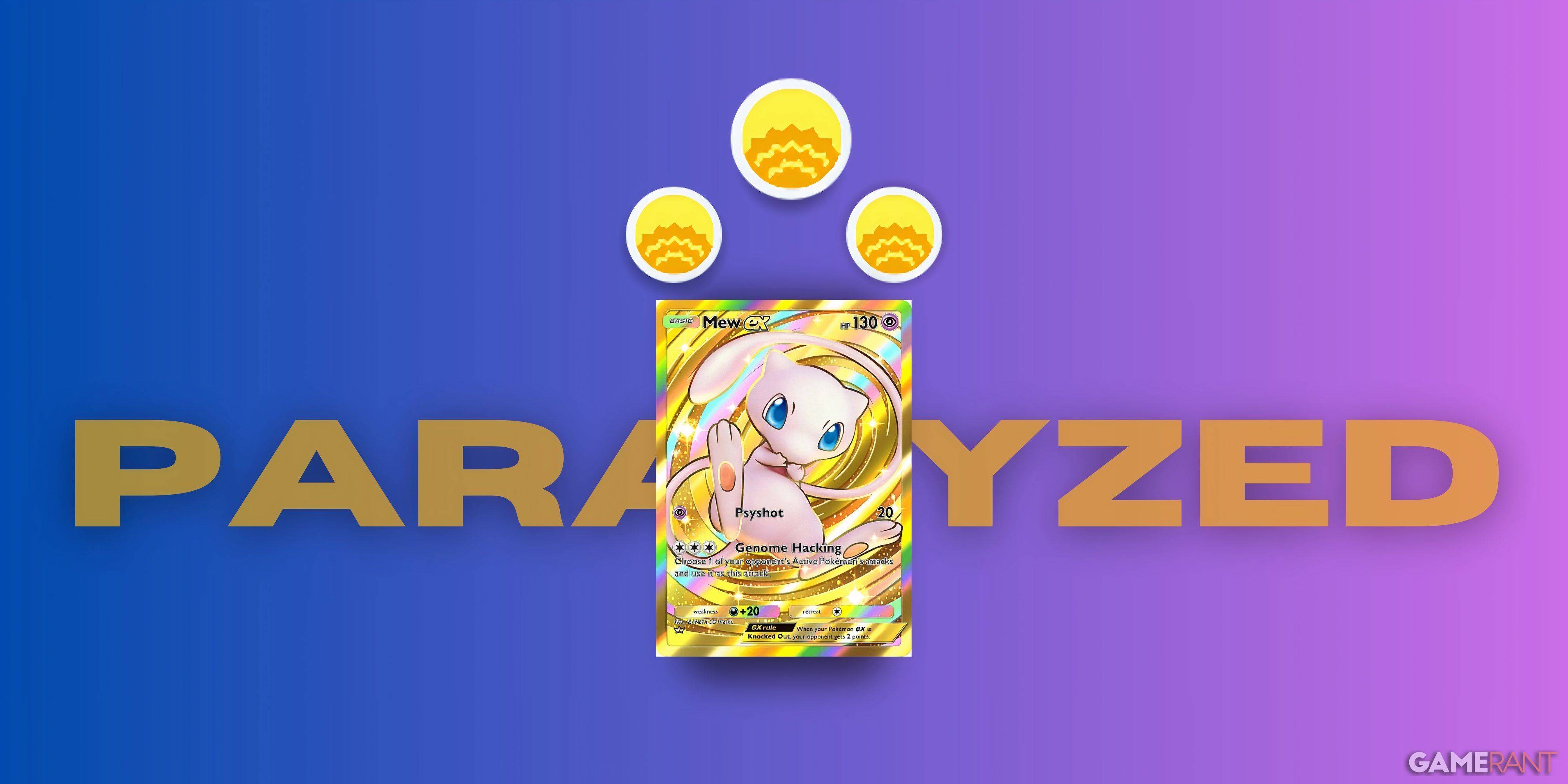
The Paralyzed condition immobilizes an opponent's Active Pokémon for a turn, preventing attacks and retreats. It automatically resolves at the start of the opponent's next turn (after their Checkup phase).
Paralyzed vs. Asleep
Paralyzed and Asleep are similar in their effect (preventing attacks and retreats), but differ in how they're cured. Paralyzed resolves automatically, while Asleep requires a coin flip or specific counter-strategies.
Paralyzed in Pocket vs. Physical TCG
Unlike the physical TCG, Pokémon TCG Pocket currently lacks Trainer cards to directly counter Paralysis. However, the core mechanic remains the same: a Paralyzed Pokémon is inactive for one turn.
Which Cards Inflict Paralysis?
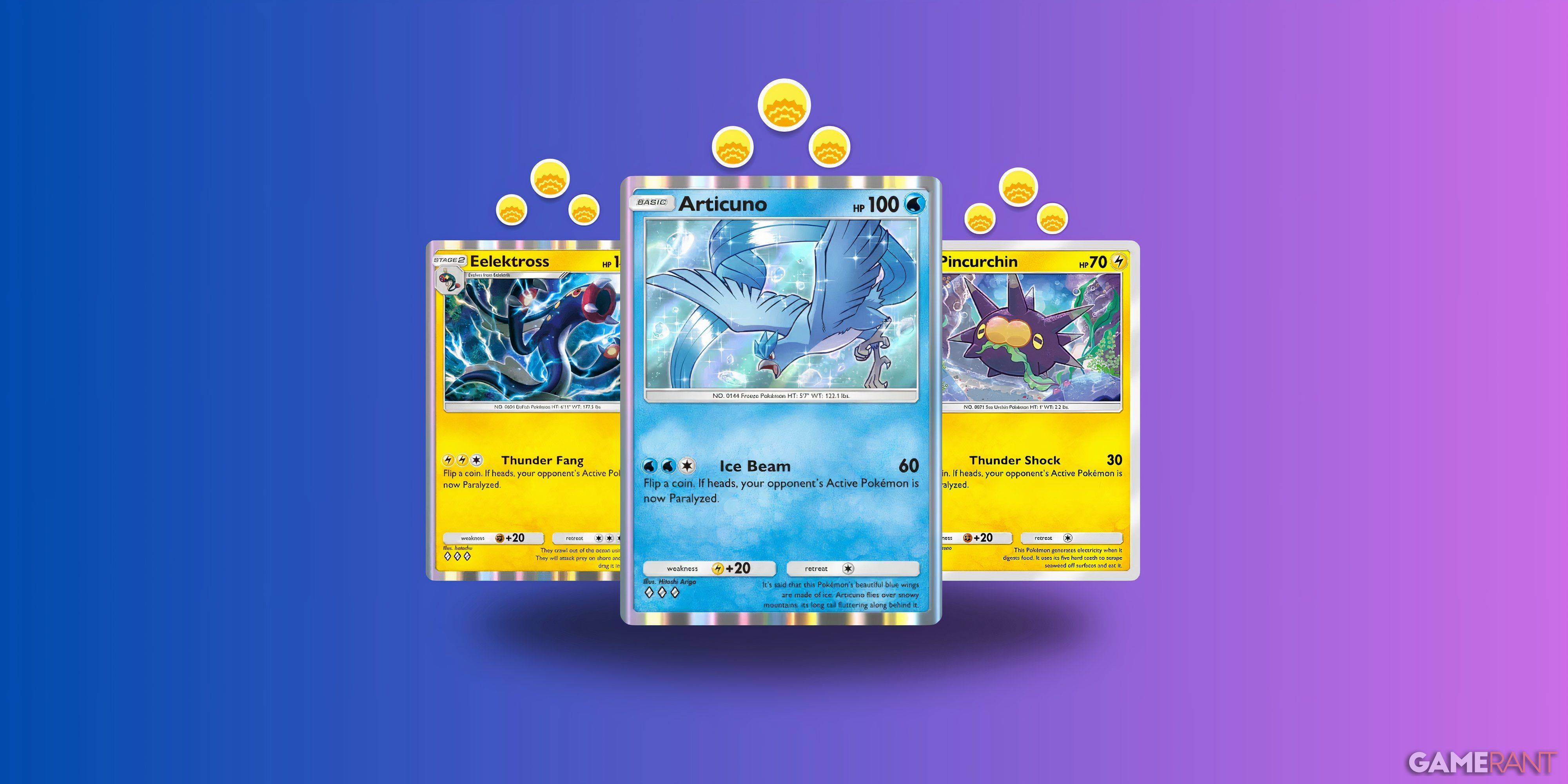
Currently, only Pincurchin, Elektross, and Articuno in the Genetic Apex expansion can inflict Paralysis. Each relies on a coin flip, making it somewhat unpredictable.
How to Cure Paralysis
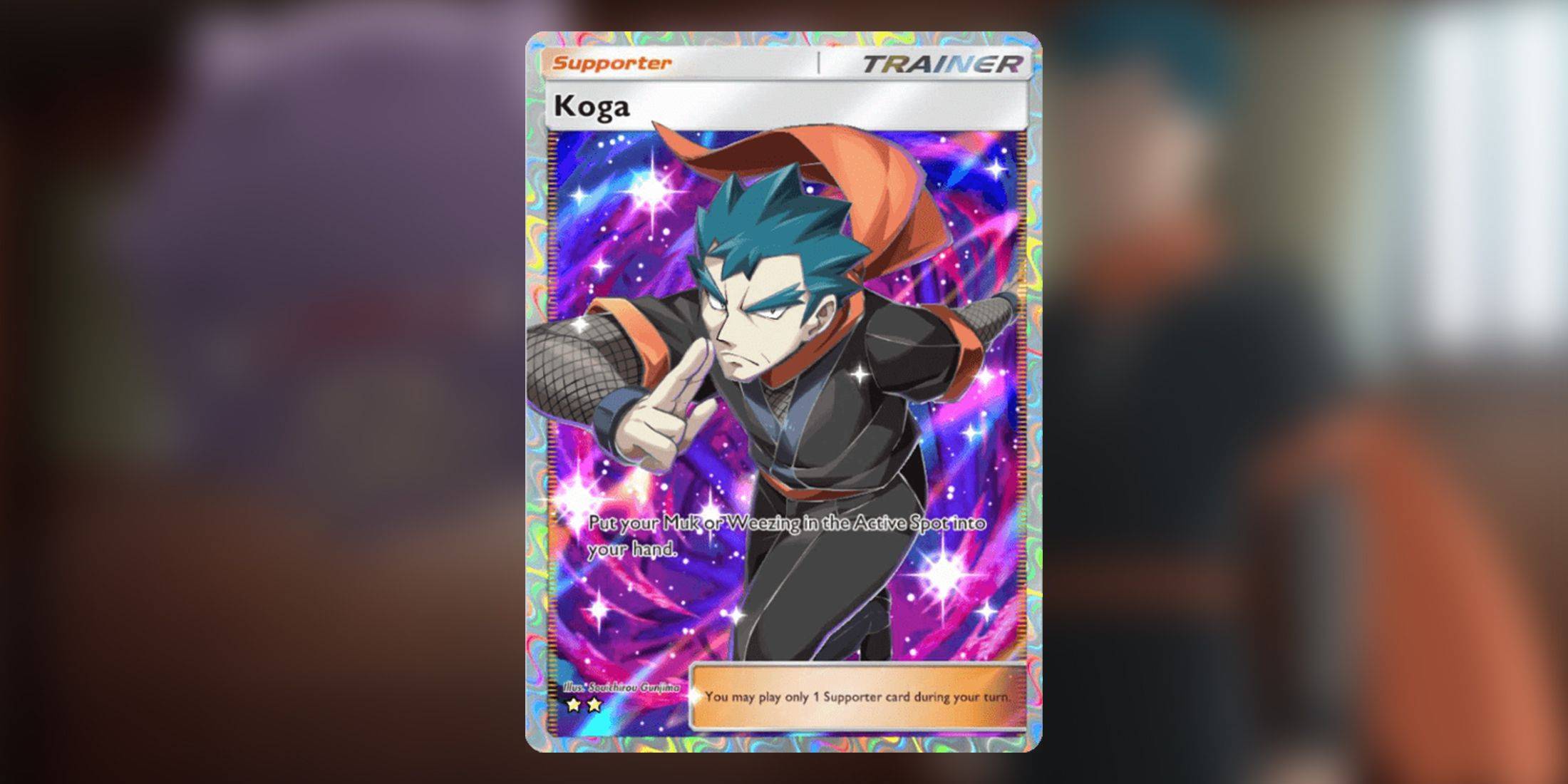
Four methods exist:
- Time: Paralysis automatically ends after the next Checkup phase.
- Evolution: Evolving the affected Pokémon removes the condition.
- Retreat: Retreating the Pokémon to the Bench cures it (bench Pokémon cannot have special conditions).
- Support Cards: Limited options currently exist; Koga is one example, but only works under specific circumstances (Weezing or Muk).
Building a Paralyze Deck

Paralysis alone isn't a strong deck archetype. Combining it with Asleep, such as using Articuno & Frosmoth, is a more effective strategy. This combination uses Articuno, Frosmoth, and Wigglytuff ex to apply both conditions. A sample decklist is provided.
This guide offers a concise overview of the Paralyze condition in Pokémon TCG Pocket, providing key information for players looking to understand and utilize this special condition.






